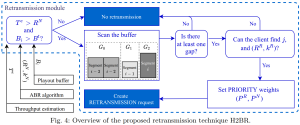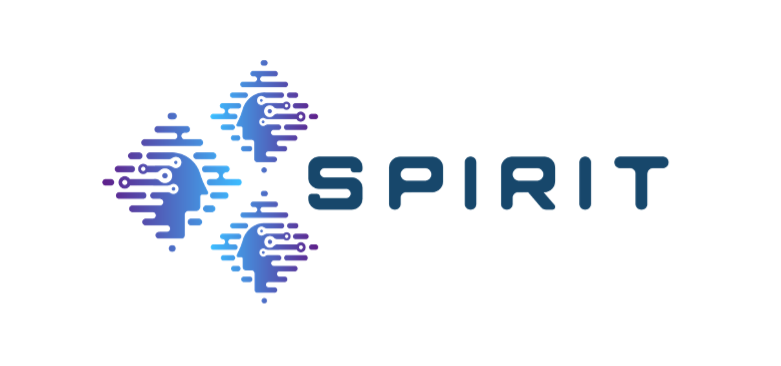Multimedia Tools and Applications
[PDF]
Minh Nguyen (AAU, Austria), Hadi Amirpour (AAU, Austria), Farzad Tashtarian (AAU, Austria), Christian Timmerer (AAU, Austria) and Hermann Hellwagner (AAU, Austria)

Abstract: HTTP Adaptive Streaming (HAS) plays a key role in over-the-top video streaming with the ability to reduce the video stall duration by adapting the quality of transmitted video segments to the network conditions. However, HAS still suffers from two problems. First, it incurs variations in video quality because of throughput fluctuation. Adaptive bitrate (ABR) algorithms at the HAS client usually select a low-quality segment when the throughput drops to avoid stall events, which impairs the Quality of Experience (QoE) of the end-users. Second, many ABR algorithms choose the lowest-quality segments at the beginning of a video streaming session to ramp up the playout buffer early on. Although this strategy decreases the startup time, clients can be annoyed as they have to watch a low-quality video initially.
To address these issues, we introduced the H2BR technique (HTTP/2-Based Retransmission) that utilizes certain features of HTTP/2 (including server push, multiplexing, stream priority, and stream termination) for late transmissions of higher-quality versions of video segments already in the client buffer, in order to improve video quality. Although H2BR was shown to enhance the QoE, limited streaming scenarios were considered resulting in a lack of general conclusions on H2BR’s performance. Thus, this article provides a profound evaluation to answer three open questions: (i) how H2BR’s performance is impacted by parameters at the server side (i.e., various encoding specifications), at the network side (i.e., packet loss rate), and at the client side (i.e., buffer size) on the performance of H2BR; (ii) how H2BR outperforms other state-of-the-art approaches in different configurations of the parameters above; (iii) how to effectively utilize H2BR on top of ABR algorithms in various streaming scenarios.
The experimental results show that H2BR’s performance increases with the buffer size and decreases with increasing packet loss rates and/or video segment duration. The number of quality levels can negatively or positively impact on H2BR’s performance, depending on the ABR algorithm deployed. In general, H2BR is able to enhance the video quality by up to and 14% in scalablevideo streaming and in non-scalable video streaming, respectively. Compared with an existing retransmission technique (i.e., SQUAD), H2BR shows better results with more than 10% in QoE and 9% in the average video quality.
Keywords: HTTP adaptive streaming, DASH, Retransmission, QoE, HTTP/2, H2BR













